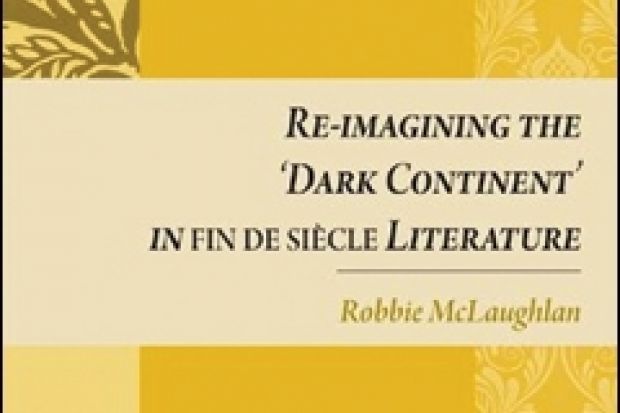“I am the lover of the uncontained and immortal beauty. In the wilderness, I find something more dear and connate than in the streets and villages…especially in the distant line of the horizon, man beholds something as beautiful as his own nature.”
It was this sentiment expressed by Ralph Waldo Emerson that spurred Anglo-South African writer Olive Schreiner (1855-1920) to make a contribution to fin de siècle literature - as an émigré and as a woman. It was a field dominated by patriarchy, machismo and misogyny. Initially obliged to write under the Victorian equivalent of a porn-star moniker - Ralph Iron - Schreiner produced imaginative novels that would be much admired. True, her Africa was a land of ghosts, terrible excess, eerie absences and sadomasochistic violence. But it was also a place of great beauty, fecundity and spiritual purity, where an ancient heritage could be mapped on to a feminised landscape. And significantly it became a prelapsarian imaginative escape from the squalor, chaos, dirt and disease of the dystopia of English city life. Schreiner wrote to outwit depression and to retrace a transformed self, divided and disembodied through the displacement of emigration.
This is just one of the literary witnesses Robbie McLaughlan brings before us in a challenging book in which Victorian fin de siècle writing meets both Empire and early Western psychoanalysis. He refutes the postcolonial charge that missionary literature was mere hegemonic imperialism bearing down uniformly and unforgivingly on Africa by drawing on a range of written sources including missionary tracts, novels and political theory. He shows how Victorian mesmerism literature, for example, was filled with the occult, spiritualism, hypnotism, drugs and sexual transgression. But within this lexicon, the much-favoured image of the crazed African witch doctor was not simply a figure used to vent missionary frustration at the persistent attraction of “supernatural” beliefs among the indigenous, or a cheap missionary device to raise revenues at home; it also served to extend domestic anxieties about a tainted metropolitan underworld, a grotesque place fetid with urban contagion. Here, inside a cartographic void no less impenetrable than that of the Dark Continent, personal and moral disintegration lurked down every alleyway. Such transference, transgression fantasy and repression would become mainstays of 20th-century psychoanalysis.
Inevitably, this book presents some of the challenges posed by literary criticism for readers outside the discipline. The use of the present tense for the past and a lot of in-house references can be off-putting. Persevere! This is an exciting “must-read” for historians of late-Victorian imperialism. The stress on the contribution of popular missionary literature to metropolitan constructs of central Africa is to be welcomed. McLaughlan’s research provides more evidence of an Africa of “heterogeneous and dizzying multiplicity”, rather than the fixity of racism and otherness beloved of orthodox postcolonial theorists. He nicely depicts the ambiguity in the belle epoque’s view of the continent, with delightful vignettes such as the gasps of awe provoked by two exquisitely carved ivory leopards from the kingdom of Benin, presented to lucky old Queen Victoria, and the enthusiastic press coverage of Captain Hore’s 1893 exhibition in Pall Mall on central Africa, or as he advertised it, “Brightest Africa”. It helps that the chapters (14 in all) are short. And there are some lovely observations, including David Livingstone as the “poster-boy” for central Africa.
Although I look with admiration to such scholars to inject some much-needed variety into my ever-narrowing vocabulary (favourites here include “hauntology” and “cryptozoological”), there are a few too many “semantic accretions” for my sensibilities. Plus I’m not sure I know what a “sexual inversion” is, but then I am Welsh. Overall, however, this is a highly stimulating read that provokes many questions, including the matter of why, with such a sexy topic, the publisher chose a yellow-patterned cover with all the allure of a colour chart from Homebase.
Register to continue
Why register?
- Registration is free and only takes a moment
- Once registered, you can read 3 articles a month
- Sign up for our newsletter
Subscribe
Or subscribe for unlimited access to:
- Unlimited access to news, views, insights & reviews
- Digital editions
- Digital access to THE’s university and college rankings analysis
Already registered or a current subscriber?




